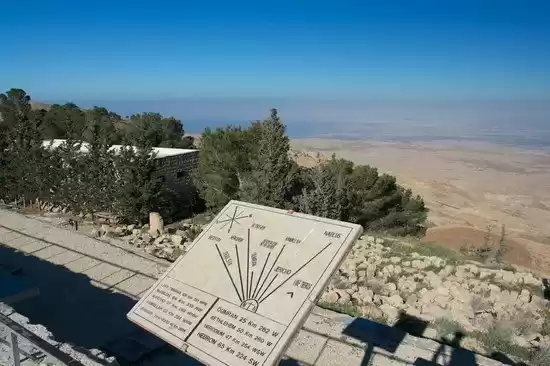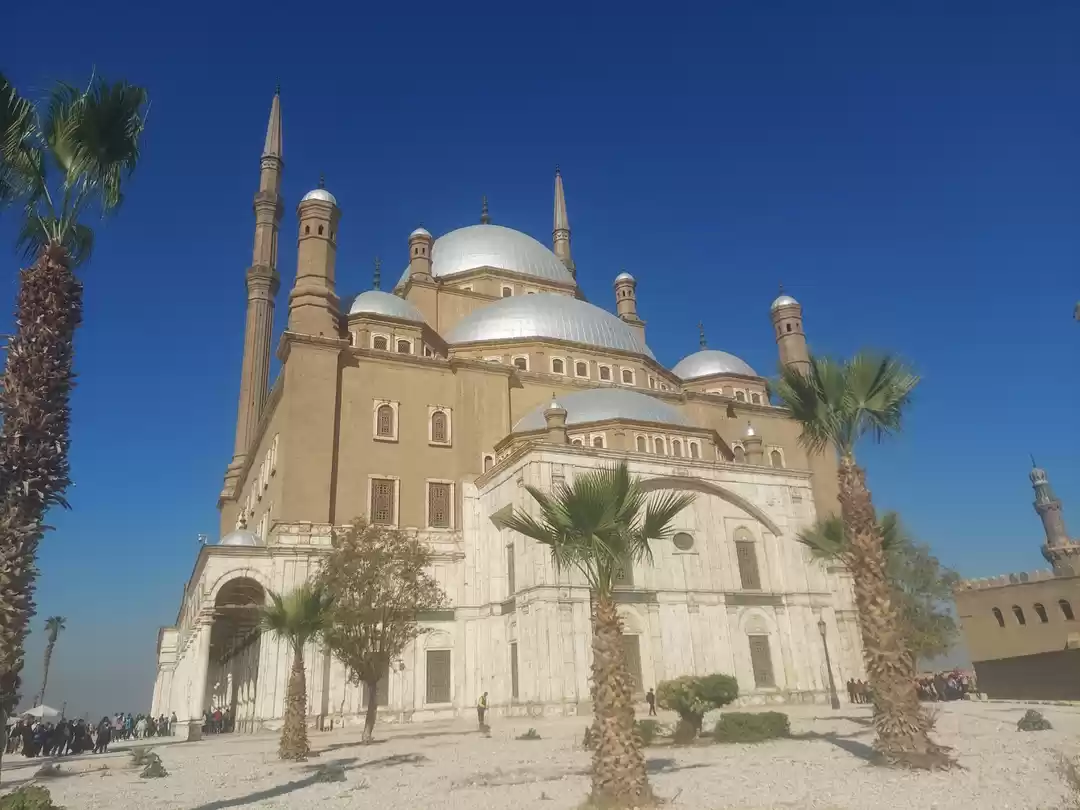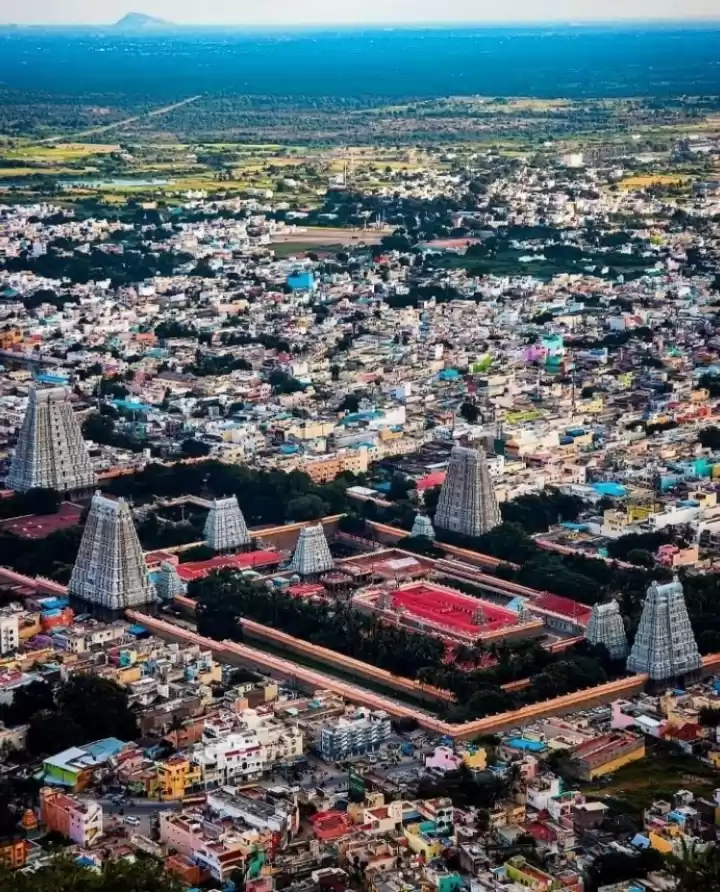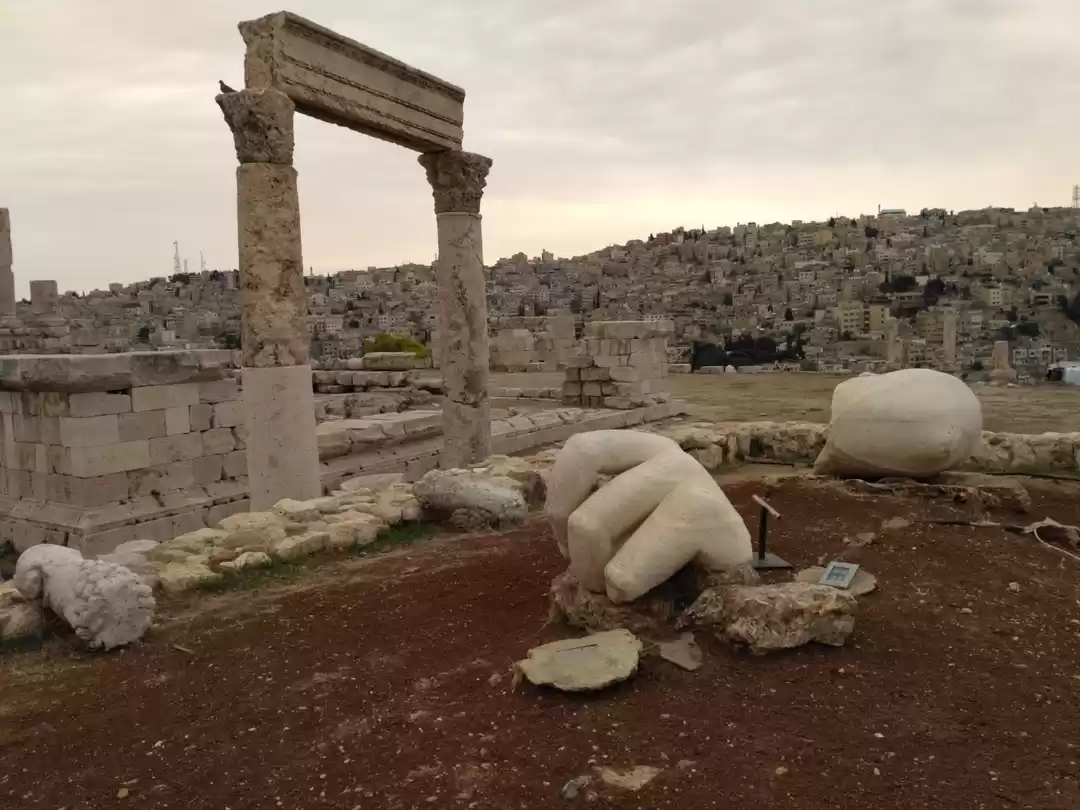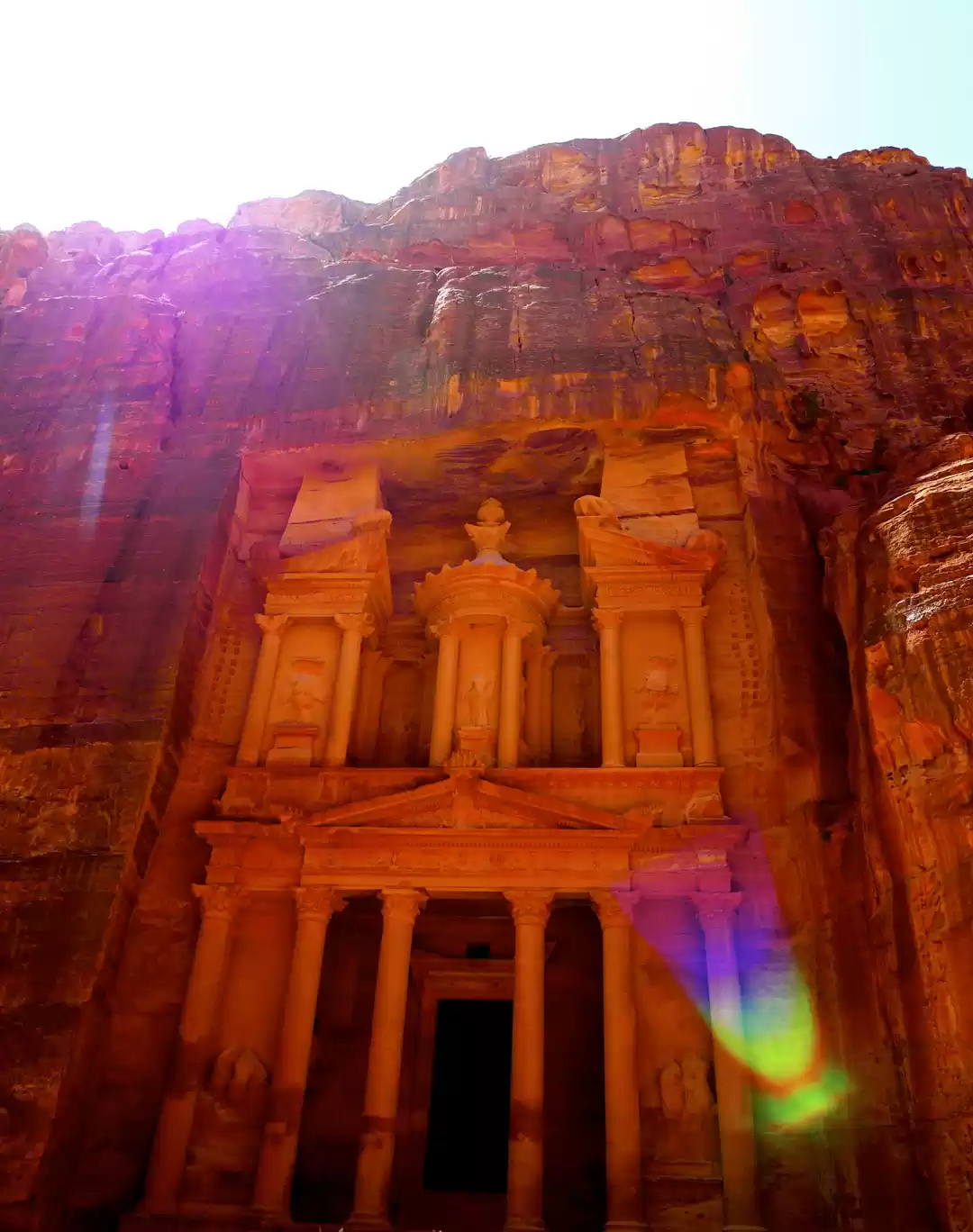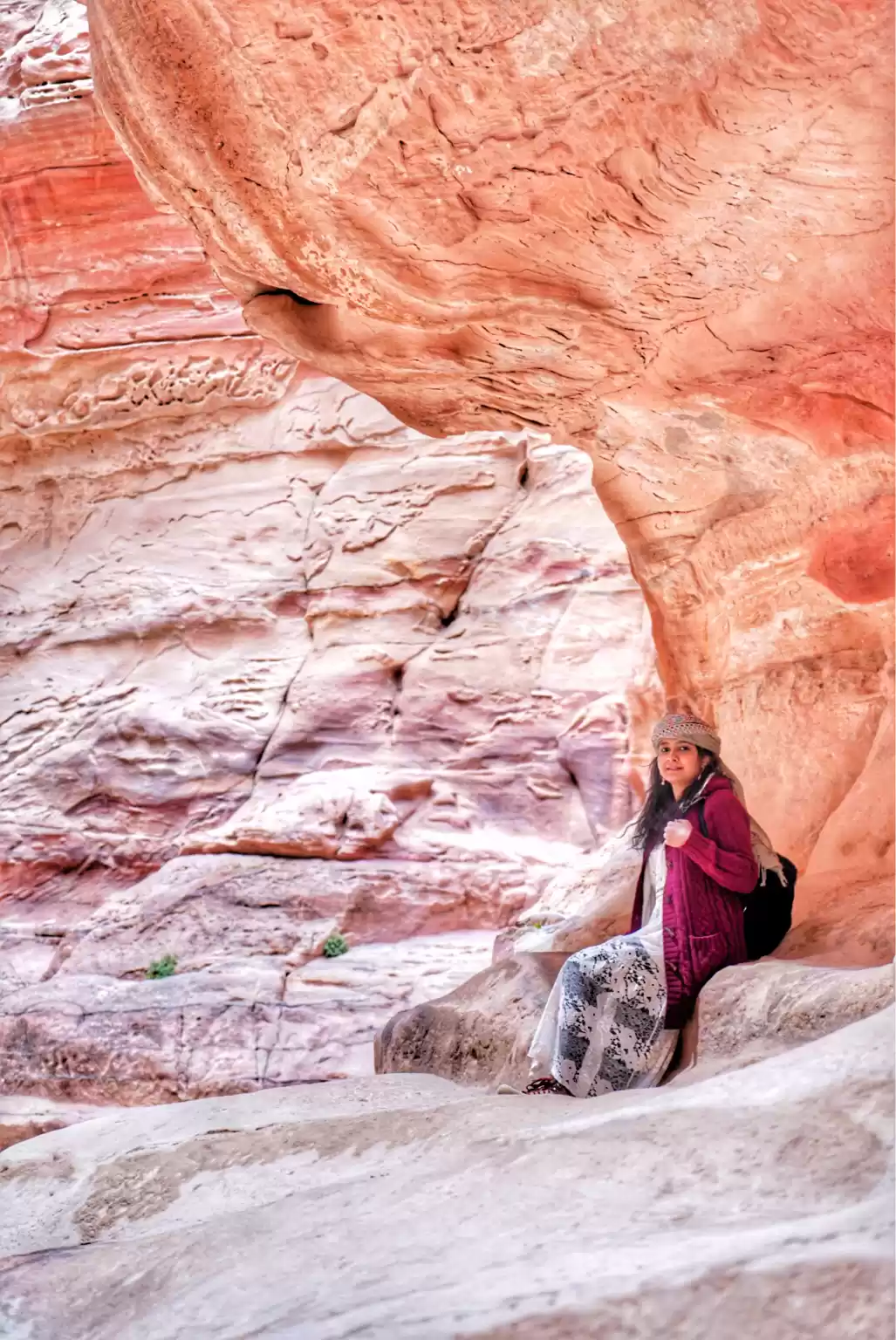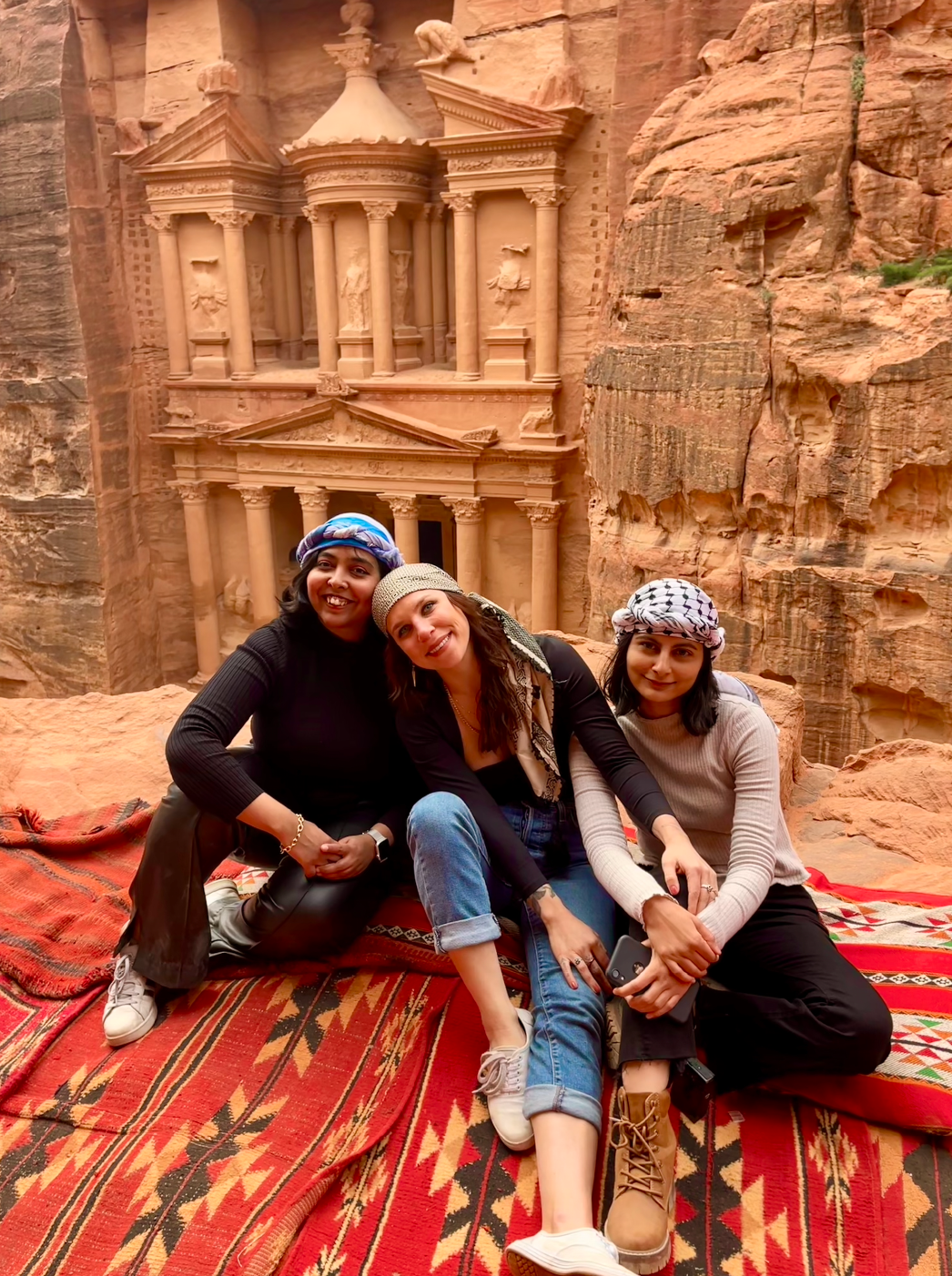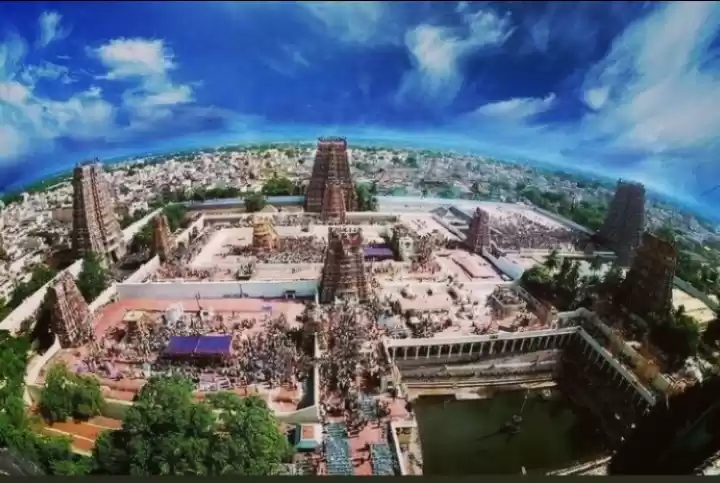If you are looking for a place to explore the rich and diverse heritage of Jordan, look no further than the Amman Citadel. Located on a hilltop in the heart of the capital city, the Amman Citadel is one of the oldest and most impressive archaeological sites in the country. It offers a stunning panoramic view of the city and its surroundings, as well as a glimpse into the past civilizations that shaped the region.
The Amman Citadel has been inhabited since the Bronze Age, and has witnessed the rise and fall of many empires, such as the Ammonites, the Assyrians, the Babylonians, the Persians, the Greeks, the Romans, the Byzantines, the Umayyads, the Abbasids, the Crusaders, the Ayyubids, the Mamluks, and the Ottomans. Each of these cultures left their mark on the site, creating a fascinating mosaic of architecture, art, and religion.
The Amman Citadel is home to some of the most remarkable monuments in Jordan, such as the Temple of Hercules, the Umayyad Palace, the Byzantine Church, and the Jordan Archaeological Museum. These attractions showcase the diversity and complexity of the site, as well as its importance and significance throughout history. Whether you are interested in ancient mythology, Islamic architecture, or archaeological treasures, you will find something to marvel at in the Amman Citadel.
In this article, we will guide you through the Amman Citadel, and provide you with all the information you need to plan your visit. We will also share some tips and recommendations to make your trip more enjoyable and memorable. So, let's get started and discover the Amman Citadel, a historical and cultural treasure in Jordan.

Temple of Hercules: The Iconic Landmark of the Amman Citadel
One of the first things you will notice when you enter the Amman Citadel is the Temple of Hercules, the iconic landmark of the site. The temple stands majestically on the highest point of the hill, overlooking the city and the surrounding mountains. It is the largest and most impressive Roman structure in the Amman Citadel, and one of the best-preserved in the region.
The Temple of Hercules was built in the second century AD, during the reign of Emperor Marcus Aurelius. It was dedicated to Hercules, the legendary hero and son of Zeus, who was worshipped as a god by the Romans. The temple was designed in the Corinthian style, with a rectangular plan, a deep portico, and a cella. It measured about 30 meters long and 24 meters wide, and had six columns on each side and ten columns on the front and back.
Unfortunately, only the foundations and the columns of the temple remain today, as the rest of the structure was destroyed by an earthquake in the fourth century AD. However, you can still admire the beauty and grandeur of the temple, and imagine how it looked like in its glory days. You can also see the remains of a large inscription on the lintel of the temple, which mentions the name of the god and the emperor.
One of the most intriguing features of the Temple of Hercules is the statue of the god himself, or rather, the part of it that survived. On the back of the temple, you will find two massive pieces of marble, which are the hand and the elbow of a colossal statue of Hercules. The statue was estimated to be about 13 meters tall, and was probably placed inside the cella of the temple. The rest of the statue is missing, and no one knows what happened to it. Some say it was stolen, others say it was buried, and others say it was thrown into the abyss by the god himself.
The Temple of Hercules is a must-see attraction in the Amman Citadel, as it showcases the Roman influence and legacy in the site. It also offers a stunning view of the city and the mountains, especially at sunset. You can take some amazing photos of the temple and its surroundings, and feel the awe and wonder of the ancient world.
Umayyad Palace: The Majestic Complex of the Amman Citadel
Another highlight of the Amman Citadel is the Umayyad Palace, the majestic complex of the site. The palace is located on the northern side of the hill, and covers an area of about four hectares. It is the largest and most impressive Islamic structure in the Amman Citadel, and one of the finest examples of Umayyad architecture in the region.
The Umayyad Palace was built in the first half of the eighth century AD, during the Umayyad Caliphate, the first Islamic dynasty that ruled over a vast territory from Spain to India. The palace was part of a larger complex that included a mosque, a bathhouse, a cistern, and a prison. The palace was designed as a royal residence and a government center, and was decorated with elaborate mosaics, frescoes, and stucco.
The palace consisted of several buildings arranged around a central courtyard, which had a fountain and a pool. The most prominent building was the audience hall, which was located on the western side of the courtyard. The audience hall was a large and impressive structure, with a domed roof, a vaulted entrance, and a semi-circular niche. It was used for receiving guests and holding ceremonies, and was adorned with exquisite paintings and carvings.
Unfortunately, the palace was severely damaged by an earthquake in the eighth century AD, and was never fully restored. However, you can still appreciate the beauty and elegance of the palace, and imagine how it looked like in its heyday. You can also see the remains of the other buildings, such as the mosque, the bathhouse, the cistern, and the prison, which give you a glimpse into the daily life and culture of the Umayyads.
The Umayyad Palace is a must-see attraction in the Amman Citadel, as it showcases the Islamic influence and legacy in the site. It also offers a fascinating contrast to the Roman and Byzantine structures, and reflects the diversity and complexity of the site. You can explore the palace and its surroundings, and learn more about the history and art of the Umayyads.
Jordan Archaeological Museum: The Treasure Trove of the Amman Citadel
Another highlight of the Amman Citadel is the Jordan Archaeological Museum, the treasure trove of the site. The museum is located on the eastern side of the hill, and occupies a former British military hospital. It is the oldest museum in Jordan, and one of the most important in the country. It houses a collection of artifacts and exhibits that span the history and culture of Jordan, from the Paleolithic era to the Islamic period.
The Jordan Archaeological Museum was established in 1951, and was renovated and expanded in 2014. It displays more than 2,000 objects, which are arranged chronologically and thematically. The museum showcases the diversity and richness of the archaeological heritage of Jordan, and highlights the achievements and contributions of the various civilizations that inhabited the region.
Some of the most remarkable exhibits in the museum include:
- The Ain Ghazal statues, the oldest human statues in the world, dating back to the 7th millennium BC
- The Dead Sea Scrolls, the oldest biblical manuscripts in the world, dating back to the 2nd century BC
- The Mesha Stele, the oldest inscription in the world that mentions the name of Israel, dating back to the 9th century BC
- The Amman Citadel Inscription, the oldest Arabic inscription in the world, dating back to the 6th century AD
- The Umayyad mosaics, the finest examples of Islamic art in the world, dating back to the 8th century AD
The Jordan Archaeological Museum is a must-see attraction in the Amman Citadel, as it showcases the archaeological influence and legacy in the site. It also offers a comprehensive and captivating overview of the history and culture of Jordan, and its connection to the rest of the world. You can visit the museum and its exhibits, and discover the secrets and stories of the past.
Other Highlights: The Hidden Gems of the Amman Citadel
Besides the Temple of Hercules, the Umayyad Palace, and the Jordan Archaeological Museum, there are other highlights in the Amman Citadel that are worth exploring. These are the hidden gems of the site, which reveal more aspects and layers of the site. These include:
- The Ammonite Palace, the oldest structure in the site, dating back to the 13th century BC. It was the royal residence of the Ammonites, the first inhabitants of the site, who gave the city its original name, Rabbath Ammon. The palace was built of mud bricks, and had a rectangular plan, a central courtyard, and a tower. It was later used by the Assyrians, the Babylonians, and the Persians, who added their own modifications and decorations.
- The Colonnaded Street, the main thoroughfare of the site, dating back to the 2nd century AD. It was the commercial and social hub of the site, and was lined with shops, markets, and public buildings. It was paved with stone slabs, and had a drainage system and a water supply. It was also adorned with columns, statues, and fountains. It was later used by the Byzantines, the Umayyads, and the Abbasids, who added their own features and embellishments.
- The Bronze Age cave, the most mysterious and mysterious feature of the site, dating back toSure, I will continue the article. Here is the rest of the section on the other highlights of the Amman Citadel:
- The Bronze Age cave, the most mysterious and intriguing feature of the site, dating back to the 18th century BC. It is a natural cave that was used as a burial place by the people of the Middle Bronze Age. It contains several chambers and niches, which hold the remains of hundreds of skeletons, pottery, jewelry, and weapons. It is not clear who these people were, or why they chose this cave as their final resting place. Some suggest they were the Hyksos, a foreign people who invaded Egypt and Palestine, while others suggest they were the local inhabitants who fled from the invaders.
The other highlights of the Amman Citadel are worth exploring, as they showcase the hidden and lesser-known aspects of the site. They also offer a deeper and broader perspective of the site, and its connection to the wider region and history. You can visit these highlights and their surroundings, and uncover more secrets and stories of the past.
Conclusion: Why You Should Visit the Amman Citadel
The Amman Citadel is one of the most amazing and rewarding destinations in Jordan. It is a place where you can experience the history and culture of Jordan, from the ancient times to the modern era. It is a place where you can admire the beauty and diversity of the architecture, art, and religion of the region. It is a place where you can enjoy the stunning view of the city and the mountains, and feel the spirit and atmosphere of the site.
The Amman Citadel is a place that you should not miss when you visit Jordan. It is a place that will leave you with unforgettable memories and impressions. It is a place that will make you appreciate and respect the heritage and legacy of Jordan, and its connection to the rest of the world.
So, what are you waiting for? Visit Tripoto today, and plan your visit to the Amman Citadel, a historical and cultural treasure in Jordan. You will not regret it.









